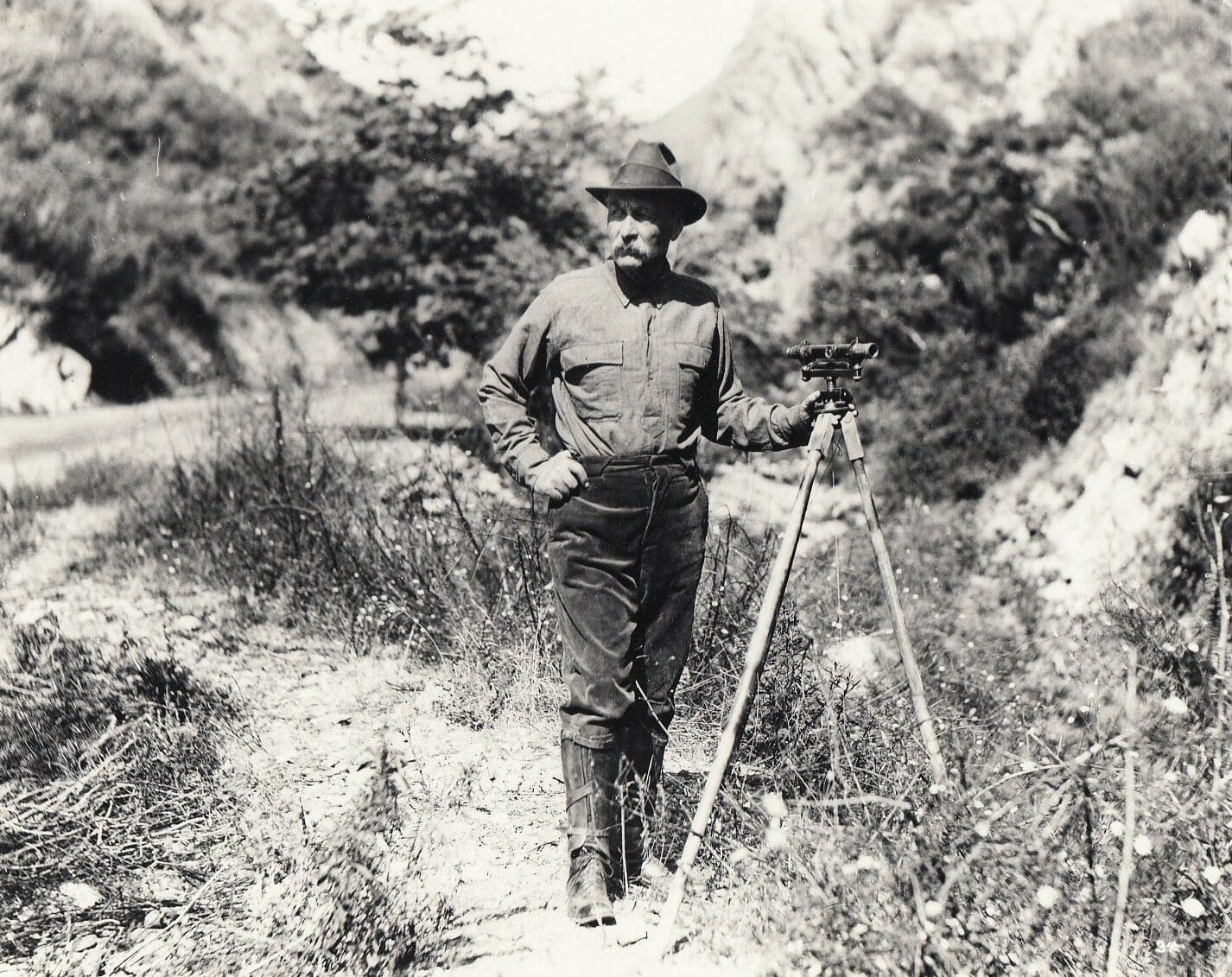L.A. became a big city thanks to the Irish American behind our controversial aqueduct — who also happens to be the namesake of an iconic road.
Boyle Heights, established in 1875, was named after Irish immigrant Andrew A. Boyle, who settled there in 1858, built the first brick house east of the river, ran a farm, a winery, a shoe store and served on the city council. But Los Angeles became the biggest city in California thanks to another self-made Irish American, William Mulholland.
Mulholland started his career as a ditch digger in 1878. He taught himself engineering and rose through the ranks to become chief engineer. His greatest, most controversial achievement was the Los Angeles Aqueduct, a 233-mile-long system to move water from Owens Valley to the San Fernando Valley, constructed between 1906 and 1913.
The ensuing California water wars between Owens Valley farmers and the city of L.A. may have tarnished his reputation, but his career was ruined by the catastrophic failure of the St. Francis Dam in San Francisquito Canyon, near present-day Valencia. Built between 1924 and 1926, its collapse on March 12, 1928, is considered one of the worst American civil engineering disasters of the 20th century.
Nonetheless, the guy got the prettiest, windiest, most enigmatic stretch of road named after him for helping to build Los Angeles.
On This Day is a regular series about past events, people and happenings that continue to be worth celebrating.

